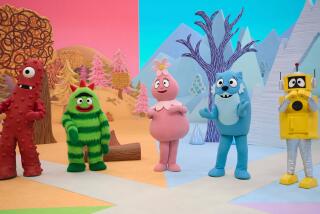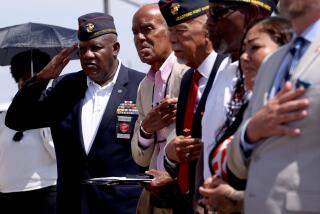How a TV trailblazer âembarrassedâ by his work captivated a generation with it
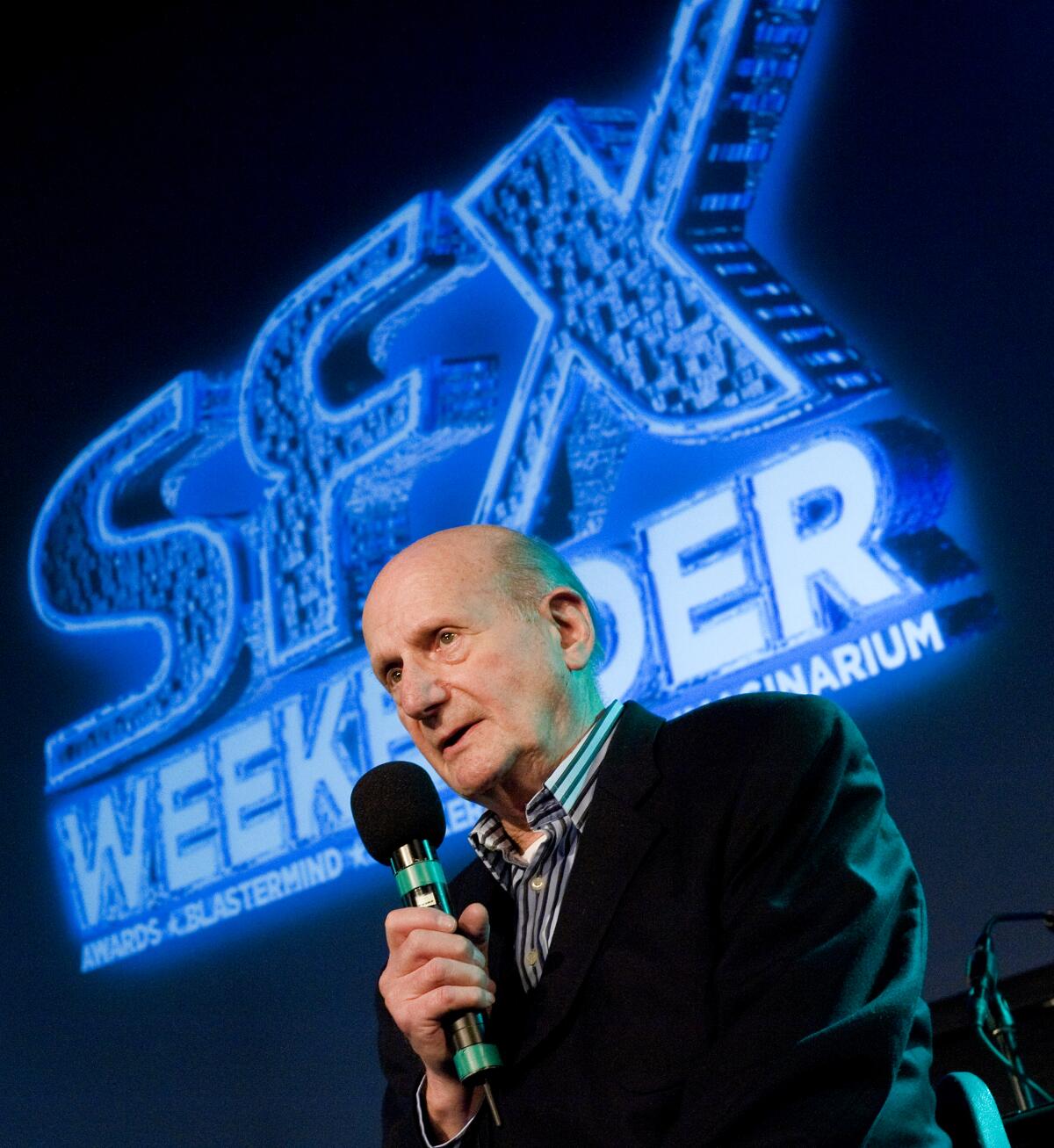
Last week saw the American DVD release of âGerry Anderson: A Life Unchartedâ (MPI Home Video), a new documentary on the British producer, writer and director best known here as the man behind âThunderbirds,â the 1960s slow-action puppet adventure show â âfilmed in Supermarionationâ â and, among viewers of a certain age (or inclination), for its predecessors âSupercar,â âFireball XL5â and âStingray.â Boy and man, I was and am a fan of these fanciful series, which are not like anything else television has ever offered, and which, along with later highlights and midlights of Andersonâs career (which lasted in fits and starts into the 21st century), are still in circulation, a decade after Andersonâs death in December 2012, on home video and to stream, legally and otherwise. Some have lived on through novels, comics, soundtrack albums, radio dramas, model kits and action figures; to date, there are nearly 250 episodes of the cheery, cheeky âThe Gerry Anderson Podcast,â co-hosted by youngest son Jamie Anderson. Anytime is the time to climb on board this atomic train.
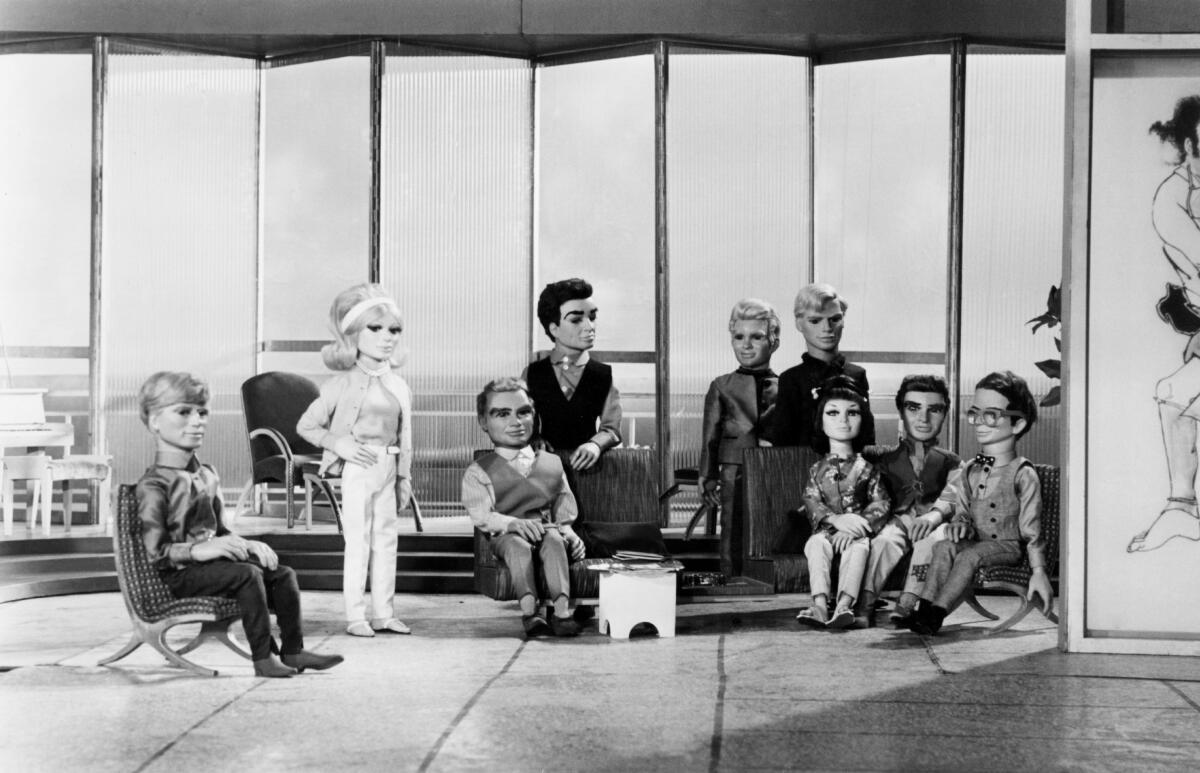
None of Andersonâs series lasted more than a season or two (not even the flagship âThunderbirds,â though it also produced two theatrical features). But this turnover meant that a variety of programs, several co-credited to second wife Sylvia Anderson â a credit Anderson regretted, along with the marriage itself, but which other collaborators say was deserved â were brought to fruition. These included the live-action âSpace: 1999,â with Martin Landau and Barbara Bain, in which Moonbase Alpha and the moon itself go hurtling into deep space after a nuclear explosion, and the post-âU.N.C.L.E.â Robert Vaughn international detective show âThe Protectors,â which were syndicated in America, and âSpace Precinct,â with Ted Shackelford as a former NYPD lieutenant fighting crime on the planet Altor, which was not. There was the sci-fi drama âTerrahawks,â with its Muppet-style puppets, and the stop-motion fantasy âLavender Castle.â But marionettes are what made him.
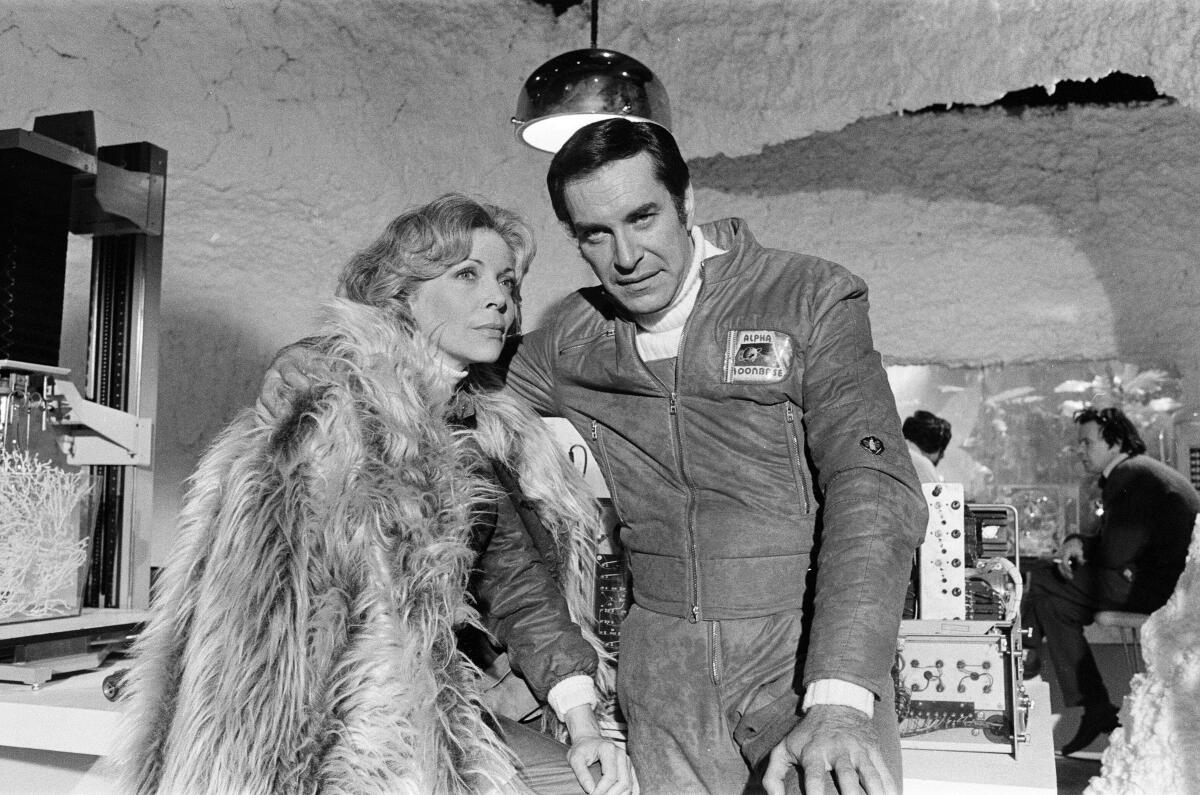
Televisionâs first puppet superstar was a marionette, Howdy Doody. There are advantages to that sort of figure â you can frame them from head to toe, place them bodily into a set. But where a hand in a sock can become something quite expressive and convincingly alive, marionettes, with their knees-up walk, their floating arms and bobbing heads, their fairly fixed expressions and utter lack of dexterity, have to work hard to seem at all natural. But those limitations also determined the structure of Anderson shows, which feature moving sidewalks, hovering chairs and scooters and place the characters in cockpits and at consoles, putting the emphasis on the materiel, the aircraft and submarines and super-cars, the impressive sets and miniatures â blown up or set afire with satisfying regularity. They used the tools of cinema â lighting, camera movement and angles, and clever editing â to make something new and unpredictable.
Alongside âThe Muppet Showâsâ Disney+ debut, TV critic Robert Lloyd lists the most important (non-Muppet) puppets in TV history, from Howdy Doody to Baby Yoda.
Anderson, who had entered the film business as an editor, backed into puppet television when the fledgling production company in which he was a partner made a commercial for the British equivalent of Rice Krispies, featuring a marionette version of Noddy, a popular childrenâs book character. It led to two shows commissioned by author Roberta Leigh, âThe Adventures of Twizzleâ and âTorchy, the Battery Boyâ (whose theme song the Beatles were said to play at the Cavern), followed by a marionette western, âFour Feather Falls,â which introduced a voice-activated solenoid to move the puppetsâ lower lips.
This was all preamble. The Anderson oeuvre proper begins in 1961 with âSupercar,â about a nifty land-sea-air vehicle (âIt travels in space and under the sea/ And it can journey anywhere,â according to its theme song), whose pilot bears a coincidental resemblance to Eugene Levy. It began Andersonâs relationship with Lord Lew Grade, who would habitually greenlight his projects until the executiveâs own power failed. âFireball XL5,â a space opera, was next, and then âStingray,â essentially an underwater âFireball XL5â and the first Anderson production (and British program) to be made in color.
Then came âThunderbirds,â in 1965, the work for which Anderson is most celebrated. If his science-fiction shows had been all about the machines â each was titled after the vehicle at its center â âThunderbirdsâ offered five, count âem, five big craft (and a host of smaller diggers and bulldozers), tooled to accomplish large-scale rescue operations â their enemies were industrial accidents, natural disasters and sabotage â plus a six-wheeled futuristic pink Rolls-Royce. Operations were run from the stylish Midcentury Modern island headquarters of International Rescue, home to chief Jeff Tracy and his five sons, all named for Project Mercury astronauts. (The Cartwrights of âBonanzaâ were an inspiration.) As in earlier Anderson productions, the main characters were made American, the better to penetrate our insular market. (The Rolls belonged to the Tracysâ British associate, the aristocratic, glamorous Lady Penelope, played by Sylvia Anderson; comical Cockney chauffeur Parker, played by David Graham â also known as the voice of âDoctor Whoâsâ Daleks â was at the wheel.)
These shows evince a house style as quickly identifiable, domestically speaking, as the candy-colored, costumed fever dreams of Sid and Marty Krofft â the team behind âH.R. Pufnstufâ and âSigmund and the Sea Monstersâ â or the stop-motion holiday specials of Arthur Rankin and Jules Bass. But for a generation of Britons, they were even more culturally potent. The crafts and characters and catchphrases permeated the national consciousness; the vehicle-stars were, and for some incalculable segment of the public are, as familiar in silhouette as the James Bond Aston Martin, the âStar Trekâ Enterprise, the Batmobile, the TARDIS.
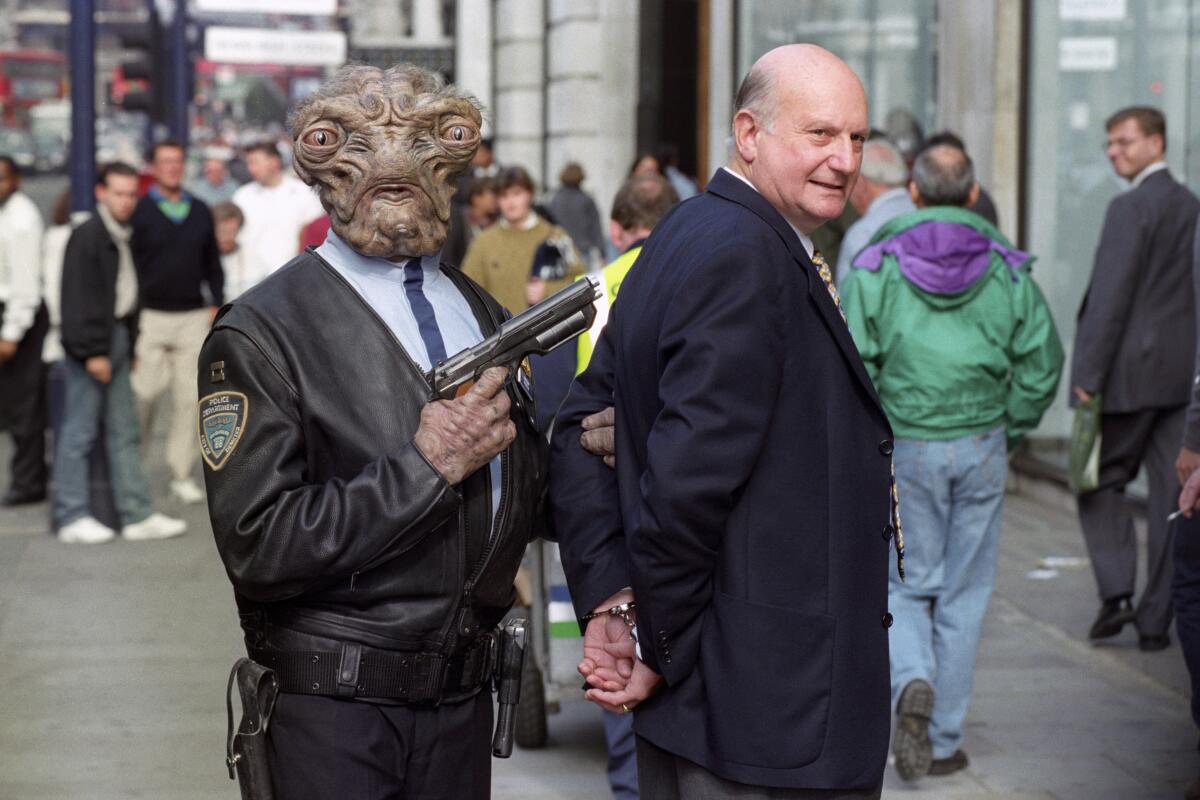
The big heads of the early Anderson puppets were determined by the mechanics that controlled their lips; technological developments made it possible to produce marionettes with heads proportional to their bodies, which produced something even weirder. The characters of âCaptain Scarlet and the Mysteronsâ (color-coded heroes, one of them virtually immortal, versus Mars-based aliens), âJoe 90â (9-year-old boy practices espionage when brainwaves of adult experts are piped into his head) and âThe Secret Serviceâ (vicar-spy shrinks associate, who is also his gardener, to doll size for doll-size missions) can come off something like a convention of Kens and the occasional Barbie. The cognitive dissonance is something like the âuncanny valleyâ that afflicts digitally created human characters. Itâs easier to bring persuasive life to a digital caricature than to a presumably realistic human. Ironically â unavoidably, one might even say â Andersonâs last series was the 2005 CGI revival of âCaptain Scarlet.â
The complete guide to home viewing
Get Screen Gab for everything about the TV shows and streaming movies everyoneâs talking about.
You may occasionally receive promotional content from the Los Angeles Times.
Although Anderson described being âembarrassedâ by working with puppets â he would have preferred to direct conventional films â it led him as a result to strive for greater realism in his productions, and to tackle more adult stories and themes. It was this ambition, and its limits, that form the heart of his legacy. What makes his shows permanently wonderful is the way in which their reach exceeds their grasp; they can never be naturalistic, though they are entirely real. Even as you surrender yourself to the story, youâre aware of the artifice, the art and craft and invention that went into creating these worlds. Delightful details fill the screen â these are shows not merely to watch but to look at. A âThunderbirdsâ movie from 2004 starring Bill Paxton and Ben Kingsley, with a Hans Zimmer score, is technically unimpeachable but not nearly as interesting as the puppet show, with its often visible strings and handmade affect.
Directed by Benjamin Field, âGerry Anderson: A Life Unchartedâ presupposes a familiarity with Andersonâs work, which is seen only in brief clips to comment ironically on his life. But it has plenty to recommend it as a story of the British television industry in the 20th century, a turbulent personal drama and an examination of the way in which even unhappy personal experience may be transmuted into appealing popular art. (Hours of behind-the-scenes documentaries, if thatâs what youâre after, may be found on the official Gerry Anderson YouTube channel, and elsewhere.) Jamie Anderson, the product of his fatherâs third (and at last successful) marriage, is its quasi-narrator, on a journey to understand a father who âproduced 18 series and four feature films, owned six Rolls-Royce motor cars, had three children across three marriages and made and lost his fortune twice over,â but who in many ways remained a mystery to him. (Anderson speaks for himself here, with some âdeep fakeâ visuals to accompany tape-recorded interviews.)
He was the product of an unhappy marriage â his father was Jewish his mother antisemitic, if you can imagine â whose idolized older brother was an RAF pilot killed in the Second World War. (His mother told him she wished it had been Gerry who died, a sentiment Anderson himself distressingly echoes.) That Anderson found success making shows about heroic pilots is a point not left unmade, nor is the fact that mothers are significantly absent from his series. In the end, it was all moot. Alzheimerâs disease erased both the trauma and triumphs from his memory, if not from the publicâs. An overflow crowd attended his funeral, and a flower arrangement in the shape of the big green Thunderbird 2 sat atop his casket.
More to Read
The complete guide to home viewing
Get Screen Gab for everything about the TV shows and streaming movies everyoneâs talking about.
You may occasionally receive promotional content from the Los Angeles Times.
